Quiz post: 2 similar patients with similar ECGs. Which, if any, or both, are OMI? Will you outperform the Queen of Hearts?
Dr. Smith's ECG Blog
NOVEMBER 29, 2023
Written by Pendell Meyers Two adult patients in their 50s called EMS for acute chest pain that started within the last hour. Both were awake and alert with normal vital signs. Both cases had an EMS ECG that was transmitted to the ED physician asking "should we activate the cath lab?" What do you think? Here they are: Patient 1, ECG1: Zoll computer algorithm stated: " STEMI , Anterior Infarct" Patient 2, ECG1: Zoll computer algorithm stated: "ST elevation, probably benign early repolarization.
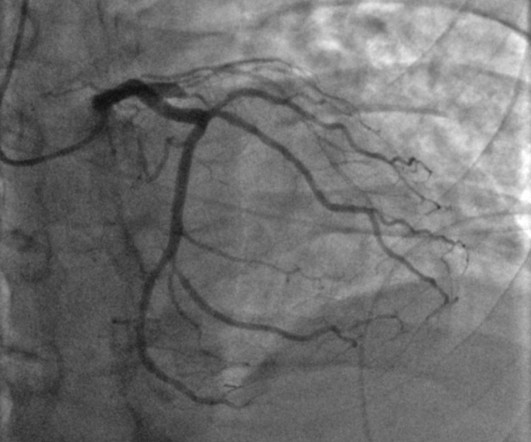











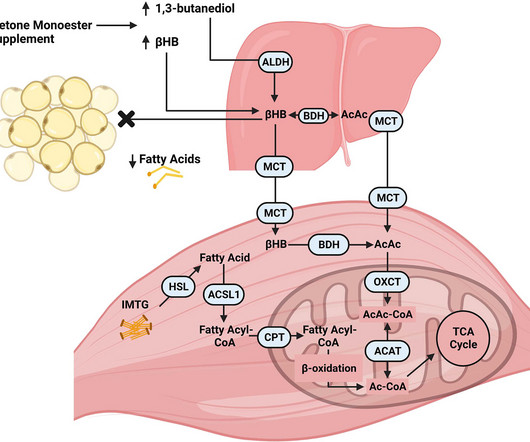
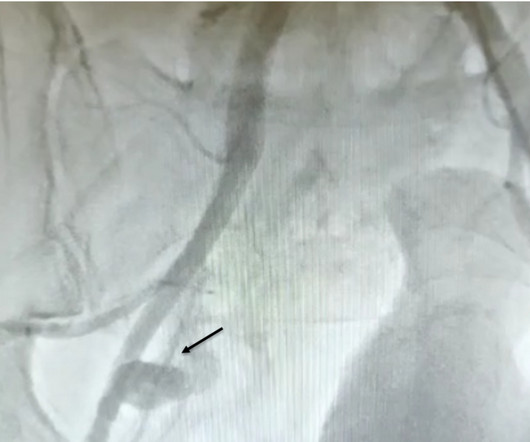


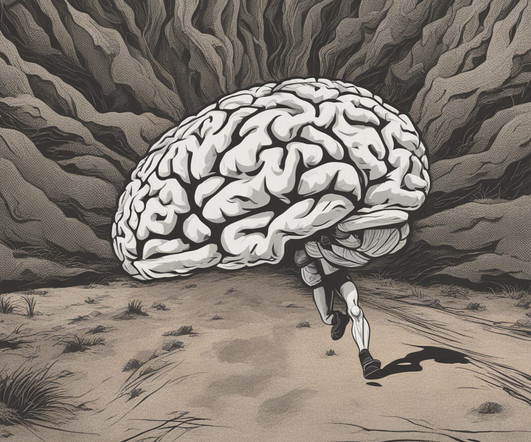

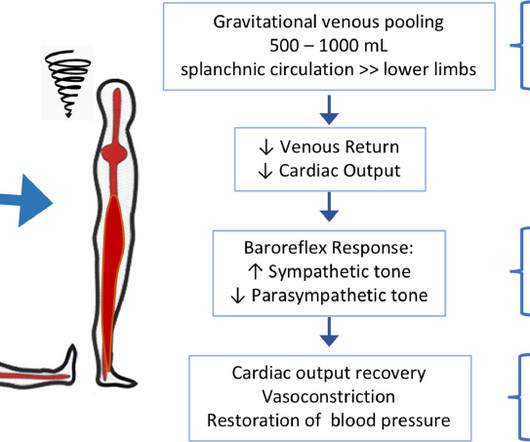










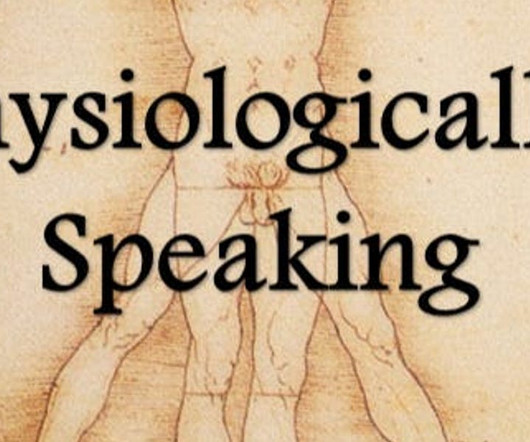






Let's personalize your content